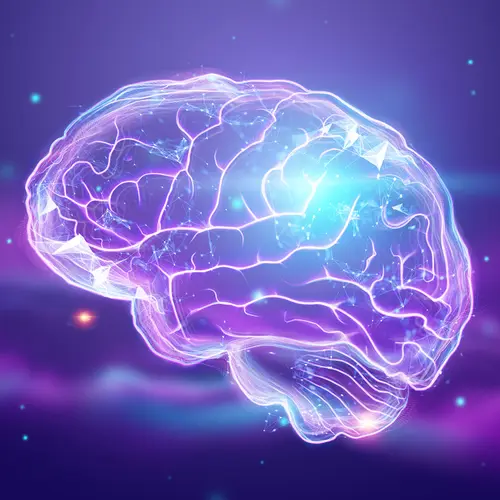Seizures are caused by chemical changes in your body that affect the way your nerve cells talk to one another. This leads to sudden electrical activity inside your brain that can last a few seconds or several minutes. While there are many different types of seizures, they often follow the same pattern.
If you or someone you love has epilepsy or has seizures for another reason, understanding these stages may help you feel better prepared when one happens.
Prodrome
Some people with epilepsy say they can tell when a seizure is on the way. They may notice some signs, known as a “prodrome,” a few hours or even days before one starts.
Common prodrome symptoms include:
- Changes in mood
- Trouble sleeping
- Anxiety
- Problems staying focused
- Feeling lightheaded
People who have tonic-clonic (once called grand mal) seizures seem more likely to have prodrome signs. These kinds of seizures affect both sides of your brain and cause convulsions and loss of consciousness.
Stage 1: Aura
This phase happens right before a seizure starts and is a warning that it is about to happen. The symptoms come on quickly and may only last a few seconds. If you have an aura, you may have:
If you have an aura, you should try to get to a safe place before the seizure happens. Also, if you have an aura that doesn’t give way to the other stages of a seizure, you have what’s called a partial seizure.
Some people don’t have an aura at all. Their seizures start at the next, or “middle,” stage.
Stage 2: Middle (Ictal)
This stage is what likely comes to mind when you think of a seizure. During it, intense electrical changes happen in your brain.
Other people won’t notice some of your symptoms -- like feeling a gust of wind even though you’re inside, a sensation in your body, or hearing a buzzing in your ears. But you may have physical signs which others can see,
Some common signs of this stage are:
- Loss of awareness (blacking out)
- Feeling confused
- Memory lapse
- Trouble hearing
- Odd smells or tastes
- Hallucinations (seeing things that aren’t really there)
- Seeing flashing lights
- Trouble speaking
- Drooling
- Loss of muscle control
- Twitching
- Repeated movements like lip smacking or chewing
- Body convulsions
- Trouble breathing
- Racing heart
Stage 3: Ending (Postictal)
During this final stage, your brain trying to get back to normal following the seizure. Your body begins to relax. The physical aftereffects of the seizure also set in.
The length of this stage will depend on the type of seizure you had and the parts of your brain that were involved. Some people start to feel better very quickly. For others, it can be a few hours before they feel back to their normal selves.
It’s common to have:
- Fatigue
- Headache
- Loss of bladder control
- Loss of bowel control
- Lack of consciousness
- Confusion
- Fear and anxiety
- Trouble walking or writing
- Thirst
- Upset stomach
- Weakness in parts of your body
- Sore muscles
Once it’s over, many people don’t remember having a seizure.
If You See Someone Having a Seizure
Common myth says the person will swallow their tongue. This is untrue. If you see someone having a seizure, let the seizure happen. Make sure they are safe, but do not touch them unless they are in danger (such as being near water or possibly hitting their head). Do not put anything in their mouth.
When to Call a Doctor
Most of the time, seizures end on their own and aren’t cause for alarm. But reasons to seek medical help right away include:
- The seizure lasts more than 5 minutes.
- A second seizure starts right away.
- You hurt yourself during your seizure.
- You’re pregnant.
- You have diabetes.
- Your seizure might have been caused by heat exhaustion.
- You’ve never had a seizure before.
- The person doesn’t “come to” or isn’t breathing after the seizure ends.
- The person has thrown up and may have breathed in some vomit.
- The seisure is diffrent than ones previously experienced.
Seizures can be unsettling, but many people find that they’re able to control or stop them with medicine. Surgery,devices that stimulate nerves or detect seizures then stop them, and even diet changes are other ways to deal with them. Your doctor can work with you to find a treatment that helps.

